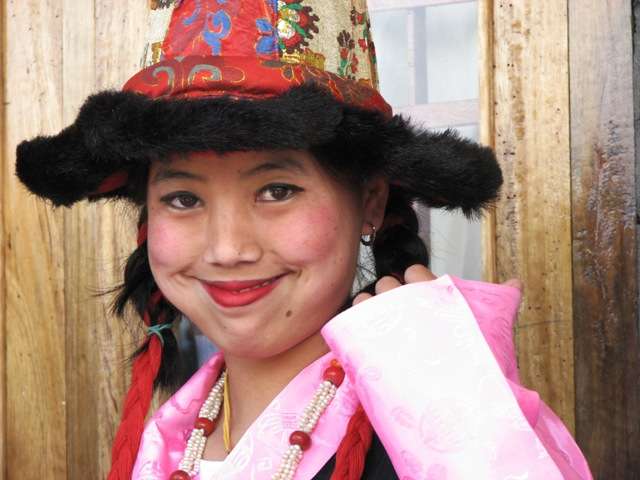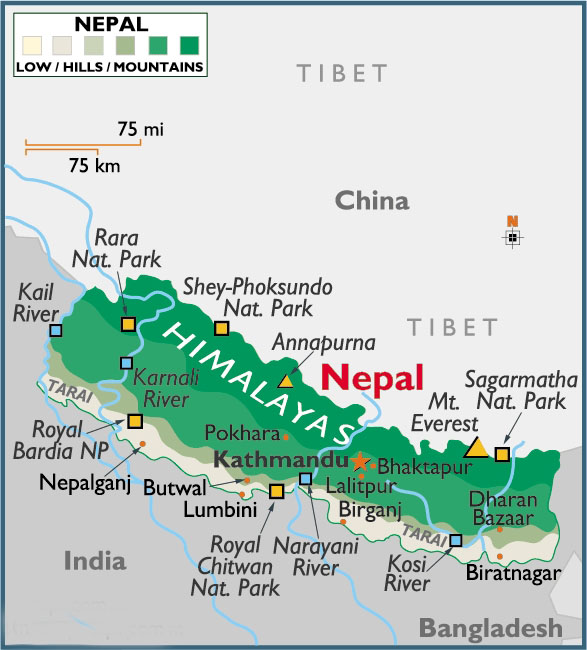 |
| WOOOOOOOOOOOOOOOO! |
In the early morning hours of October 14, 1991, an earthquake shook Uttarkashi and Chamoli districts of Garhwal. It caused widespread loss of life and property. This earthquake also affected other parts of Garhwal and Kinnaur. The regions remained cut off from the rest of the world for several days due to the debris. Landslides occurred at several locations, and it took a long time for people to recover from this incident.
Source : http://library.thinkquest.org/10131/problems_earthquakes.html




